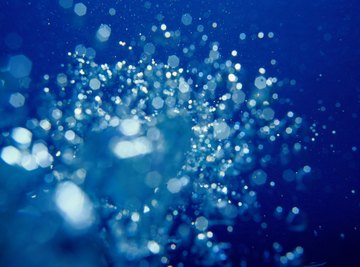
The pH scale is used to measure the acidity and basicity of solutions on a scale of 0 to 14. At the low end of the spectrum are acids such as battery acid and lemon juice, while at the high end are bases including ammonia and lye. In the middle are neutral solutions, which have a pH of 7.
pH Paper
Litmus paper, or red and blue test strips, will tell you whether a solution is an acid or a base, but it won't give you information about the strength of the solution. Universal, or alkacid, indicator paper has a different color to match every number on the pH scale. Neutral solutions turn the paper green.
Examples
Put a few drops of water onto universal paper and it will turn a bright kelly green. Other common neutral solutions include sodium chloride or table salt and sugar solutions.
References
About the Author
Carolyn Robbins began writing in 2006. Her work appears on various websites and covers various topics including neuroscience, physiology, nutrition and fitness. Robbins graduated with a bachelor of science degree in biology and theology from Saint Vincent College.
Photo Credits
Ryan McVay/Photodisc/Getty Images
